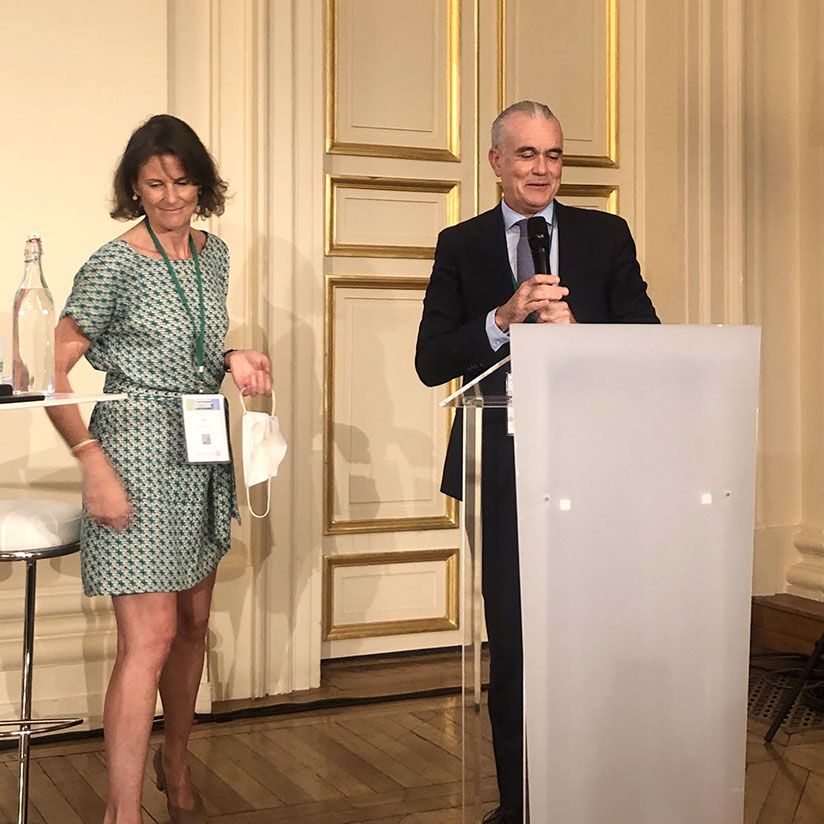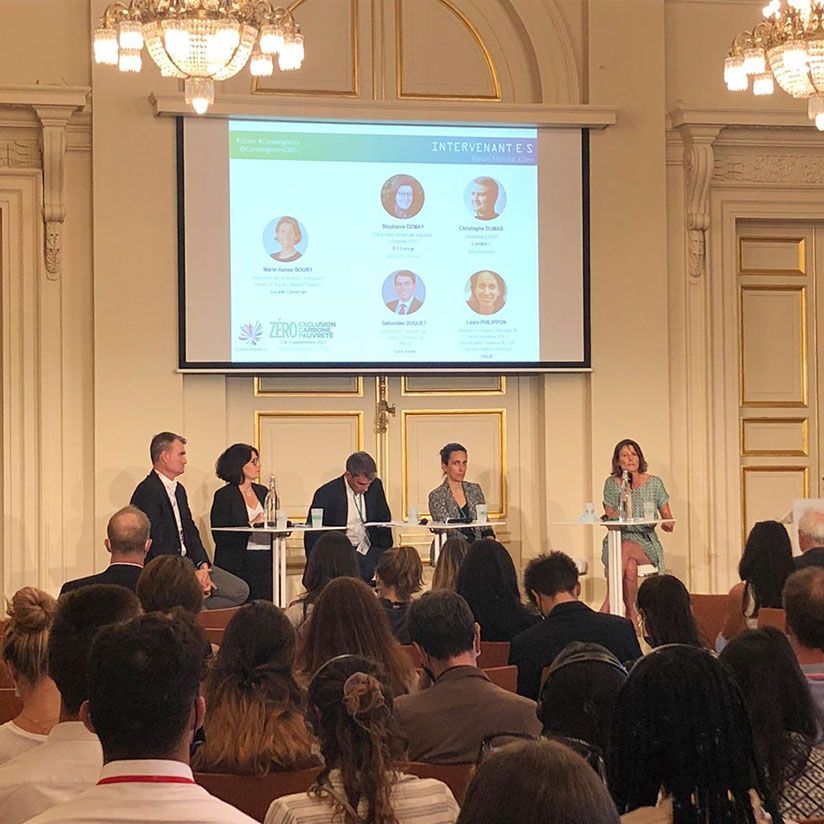How finance can contribute to sustainable development
Doing more, faster, with everyone’s necessary contribution, to make this world fairer and more sustainable: this is the feeling shared by the participants of the 3Zeros World Forum gathered in early September in Paris. Students, companies, humanitarian associations... The question of "How?" dominated the discussions. A part of the answer lies with financial flows which can help achieve the Sustainable Development Goals set by the UN.
Coming from different backgrounds but driven by the conviction that solutions can only be found together, the participants of the first 3Zeros World Forum felt that there was not enough to go around. To achieve the Sustainable Development Goals (SDGs) by 2030, there is a shortfall of about US$ 3.7 trillion1, of which 50% is for developing countries particularly in Africa. Up by 33% following the COVID crisis and due to chronically insufficient investment, this sum sounds like a wake-up call for everyone in the aisles of the Palais Brongniart. How can we close this investment gap and create the zero exclusion, zero carbon and zero poverty world to which the Forum’s participants aspire? If international aid, public subsidies and humanitarian donations are useful, particularly in emergency situations, the financial world also has a role to play at its level. How so? By starting with its core business: offering investors - individual, corporate and institutional - to invest in responsible projects, with a certain profitability, but also with a positive and measurable social and environmental impact.
Different forms of sustainable investing
For individual investors, responsible saving, crowdlending and equity crowdfunding are some of the different forms of sustainable investing. Among these solutions, Lumo, a French startup created in 2012 and integrated into the Group since 2018, is a crowdfunding platform for the ecological transition, which offers the general public to co-finance renewable energies projects. The requiring selection associated with digital technology ensures transparency, traceability and utility, without compromising on profitability. "The objective is to regain power over one's money and to give it a positive impact," summarized Olivier Houdaille, President of Lumo, which now has 8 employees.


Impact finance
The awareness on SDGs is also shared among major corporate and institutional investors. "Faced with the immensity of today’s challenges, we all know that we need to redefine the rules of the game and accelerate," says Philippe Aymerich. The Group's Deputy CEO salutes the development of the impact finance, which would represent US$ 715 billion in 20202. This "disruptive approach" is based on reducing the projects’ cost/impact ratio of projects to attract funding towards new business models. This involves, among other things, the mechanisms of blended finance (also known as "public-private partnerships"), bringing together different investor profiles to reduce transaction risks and ensure project financing. "We make our clients' projects more resilient, more impactful and therefore easier to finance", says Marie-Aimé Boury, the Group's Director of Impact Finance, at a roundtable discussion.
Responsible banking: how the bank is committed to sustainable development
Positive impact is increasingly placed at the heart of investors’ strategies, as a compass to direct their investments towards responsible and sustainable projects. Banks in relay are using their expertise to offer responsible and innovative solutions, to support their clients' transformation and to build a better and more sustainable future. Thus supporting a fundamental trend: according to a Global Impact Investing Network (GIIN)3 in 2020, 72% of investors plan to maintain or increase the vole of capital dedicated to impact investing.

[1] Source: OECD, "Mobilizing institutional investors for financing sustainable development in developing countries".
[2-3] Source: Convergences, "Impact Finance Barometer 2021", 1st edition, August 2021.